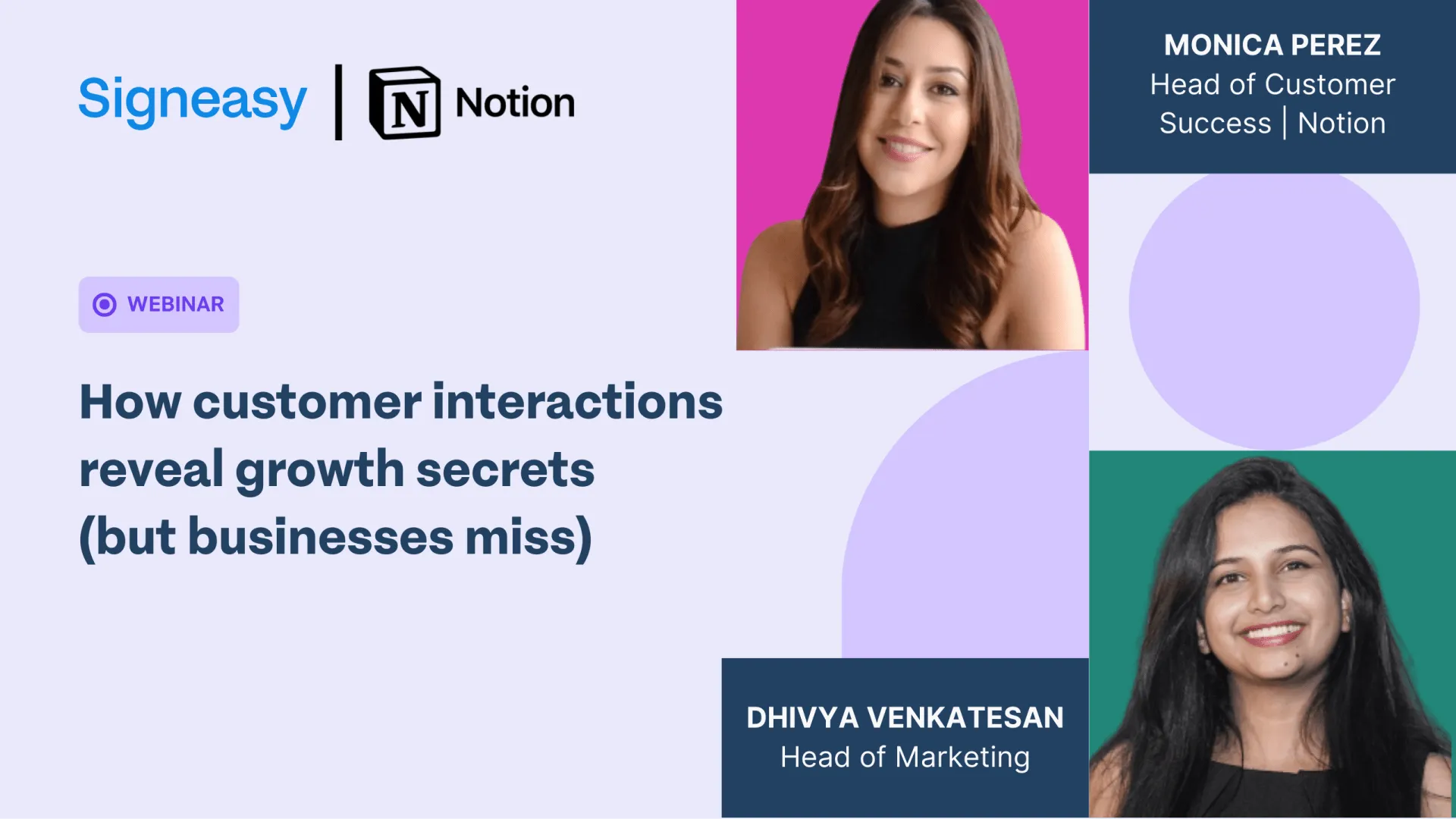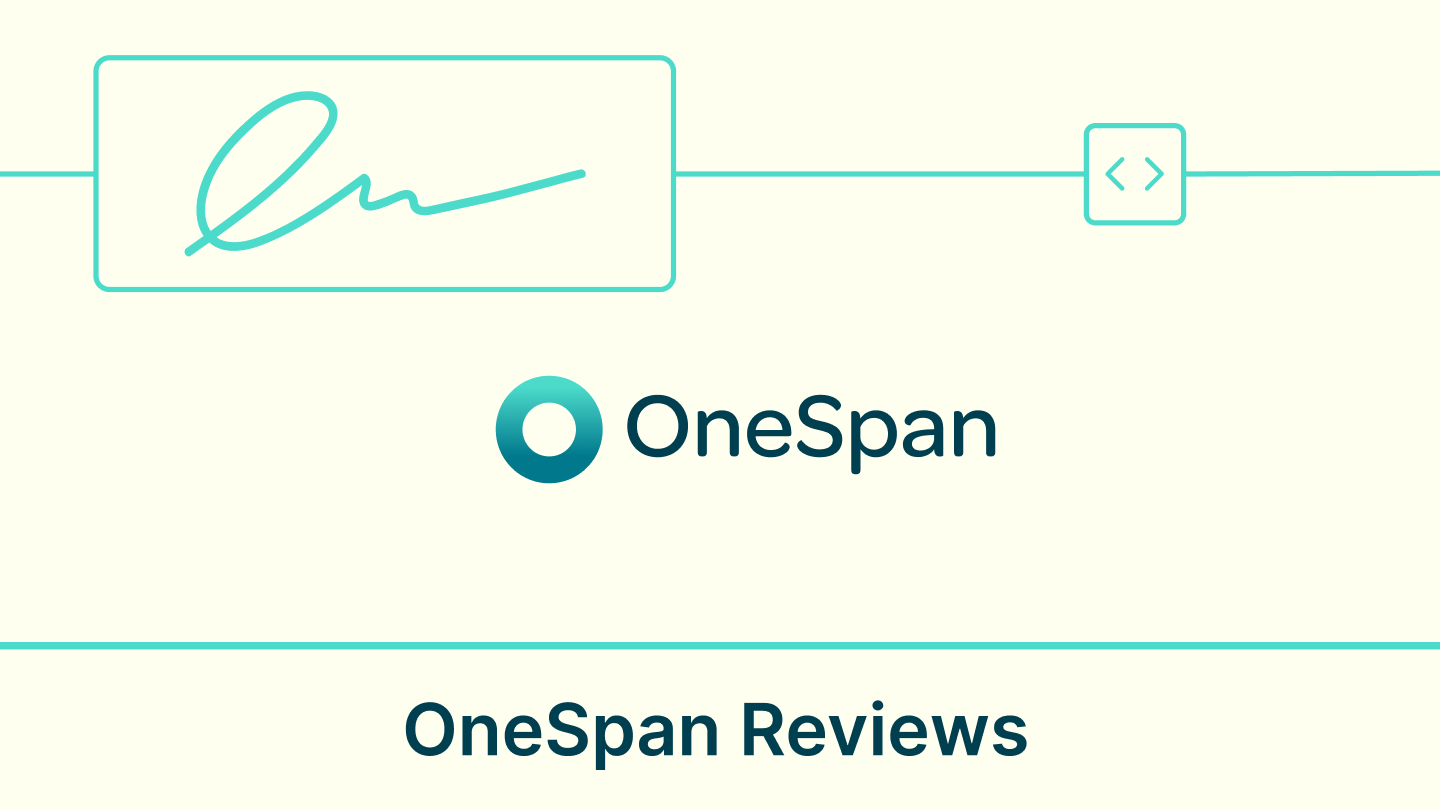Have you ever thought of your customers as a crystal ball, holding the secrets to your business's future success? It might sound fantastic, but the truth is, every interaction you have with a customer, from a quarterly review to a product demo, is a treasure trove of valuable insights.
Businesses that can unlock these hidden details gain a significant advantage in today's competitive landscape. This is where the power of customer interactions truly shines. They're not just about making sales; they're a goldmine of information that can benefit every department in your company, from product development to marketing.
But here's the surprising truth: many businesses miss out on this goldmine. Why? It's not because the information isn't there. Customer interactions happen all the time – in onboarding sessions, demos, support calls, and even casual conversations. The challenge lies in capturing and analyzing this wealth of data.
Also, businesses often lose sight of those interactions because they get caught up in a loop of time-consuming processes like inventory management, operational optimizations, contract workflows, onboarding new customers, retaining the important customers, and so many more.
I sat down with Monica Perez, Head of Customer Success at Notion, to discuss how businesses can learn from customer interactions and fuel growth. Monica is the head of customer success at notion and an avid customer success coach. She's one of the top 23 customer success leaders to watch in the industry. And to top all of that, she's also a very dear friend of Signeasy. She used to lead support and success for us a few years ago.
Read on to find a new lens of looking at customer interactions and their contribution to business growth. Prefer watching the webinar instead? Click on this link to access the full recording.
-min.webp)
Q1. Do you agree that customer experience, today, is every department’s job today and not just the customer-facing roles?
Monica Perez: Yeah, that's a great question. I think that historically, customer experience or customer success was thought of as a specific department. But, customer experiences actually encompasses an overall view of the customer journey with your product. That way, they are beneficial to every department or role inside the organization.
Whether it’s a prospect, user, or future potential customer, their experience across every single touchpoint (active or passive) has to be measured. And, then comes the analysis of: are we making it easy for them to understand the product and get started? That's what you call being customer-centric.
It could be the case with support interactions, too. Is the support team really leaning into a great customer experience and support interactions. It really matters what every single touch point looks like, and feels like. So yeah, customer interactions is something that everyone should think about, not just customer facing teams.
Q2. What are some common mistakes customer facing folks make while having customer interactions? What are your tips, recommendations, or frameworks to derive the best value?
Monica Perez: In case of any customer interaction or ask, you need to subconsciously answer the question: what's in it for them? It is important for everyone who meets a customer to think about what’s in for them. It may be a cool feature in your product, or it may not be. Maybe they need something different. This exercise is going to help businesses know their customers well, accommodate their needs on time, and witness growth.
The customer-facing teams should always think about leading conversations with value and give customers something that will help them with their day-to-day life.
Looking at the data and scanning the personas well is also important. Who are they? What do they care about? What does their usage look like? How could they be getting more value, and more. Sometimes, it is also important to reach out and meet your customers or prospects with no asks in return.
At Notion, we plan happy hours where we all gather to thank them about the interest they have shown. We conduct exclusive sessions where we share exciting tips or a peek into the future roadmap. It’s just to truly appreciate them.
I do want to talk about how important the voice of the customer programs are and how they help bring together all the functions in an organization.
The insights we get from those programs at Notion, we take them back to the company in a pretty unified way. What we do at notion, and we also did the same when I was working with Signeasy, is having a really strong voice of the customer program where you're able to capture feature requests. At Notion, we capture all sales or customer success calls on Gong, which helps us revisit those calls and conversations at a later time.
We, at a company level, also keep an eye on support channels and conversations, reddit and social media mentions, and more. As a company, we are consistently scraping and gathering customer insights, and then tagging that to the relevant product area.
In case of customer success calls, whenever a customer asks for a feature request, we have a filter applied in Gong that immediately flags it. Gong captures that snippet and filters out all of those calls for us. And then we have an insights person systematically taking those snippets and logging it into our database for product feedback. But the snippet itself is pushed and shared into a slack channel, and our product and engineering teams are able to directly listen from the customers. Voice exactly what they said, how they said it, and how they envision this feature.
I think there are so many interactions that are gold and are happening across the company constantly. So we've tried to build in automation to make sure that those are captured well. This way, we don't lose sight of them or misinterpret them.
As we capture these things, we also associate them with revenue impact. Our product and engineering teams love that because it helps them understand the revenue impact of a particular feature, and then it helps them prioritize better. So, when we bring customer voice to the center, we're helping both sides of the company, go-to market and engineering and product, to speak each other's language.
I think it's our job as customer-facing teams to make sure that it's all captured. Let’s be honest, it's not always 100% going to show up on the product roadmap tomorrow. But, it is a part of the system now and can be analyzed anytime for growth.
So as I sit with my product leaders, we talk about, what does the roadmap look like? Obviously keeping the customer at the center. But there are some things that we need to build that are maybe a little bit more strategic. So it's like a longer term view, not directly coming from feature requests. But, of course, we allocate a big chunk of that to what our customers are asking for.
Our users and customers share their feedback on Twitter or Reddit expressing how impressed they are with the speed of shipping at Notion. They feel like their feedback is being heard. They wanted something, and we could ship it early because of an agile shipping model. Now this wouldn't be possible without coordination within all these teams.
Q3. We all know that growth is mandatory. But, delight is something a lot more special. Have you seen any special moments of delight in customer experiences across the companies you’ve worked for, or something that's happened to you personally?
Monica Perez: Yes. I love talking about this. I think that there's lots of ways to delight your customers. It doesn't just have to be in the human conversation moment. It could be in the way that you present your product or the way that you do marketing.
There are several ways to insert delight across different touchpoints. I always ask my team to keep their ears perked for an opportunity to delight. And, I would say that it kind of shows up in our meetings with Notion’s customers, admins, and champions.
I work with my team to build those really tight and personal relationships with our customers. Then, we do a fast follow up with a gift or something that we can send them. That's really thoughtful. It does take a little bit of training because it can be so easy to just get right down to business that you're not paying attention to the moments where you're able to express gratitude to the human that you're working with.
On the product side, the best way to delight your customer is to continue building value into the product, and not necessarily charge them more for it.
And that will, of course, will increase loyalty. Because, at the end of the day, we are giving more value to the customer. For two fast, nimble SaaS companies like Notion and Signeasy, it is important that we constantly ship more value into various plans we offer. And, let our customers know that a specific functionality is available to them for no additional cost.
We should also look at expanding the use cases for our customers. To me, that's extremely customer centric and delightful. We should be questioning ourselves if we are giving them more use cases over time, and a product that evolves and molds with their needs.
And then I would say, on the marketing front, there's some cool things that you can do to create delight. At Signeasy, we used to do a free trial program on the mobile app that offered emergency credits. Say for example, a customer is above the free trial line and wants to sign the nth document urgently.
We did something like, “Hey, we noticed you're trying to sign this document urgently. You're all out of credits, but we will issue you a one time emergency credit to get this particular document signed.” It's something we offered in the product and the amount of love that we got for this emergency credit and customer saying it saved them time. That was an example of true delight.
Also, it's really important to have people in the company who are empathetic by nature. Who can flee the room and go deep to understand where a customer or prospect is coming from, and more.
Surprise and delight won't mean anything if it doesn't help your customer and if you're not speaking their language. The more you know your customer, the more you can actually provide a tailored approach. And when it comes to success metrics, I would like to highlight something we did at Notion.
Prior to last year, we had an idea of what success metrics were that we believed were the right ones. Metrics like this is how many documents are created, how many people are collaborating, etc. And that's what we would use on our business reviews. And then we realize that, hey, like this is like a very notion centric view of what success looks like. We should probably ask our customer if they're experiencing the same.
So, I think just keeping a close ear to the ground, asking the customer what's important to them, how do they define success, and then finding the moments to repeat that back to them all throughout the customer journey can bring delight.
Q4. How do you see? AI and automation playing out in custom success in the upcoming years?
Monica Perez: AI is very helpful and will augment a lot of what we do.
I still think that customers do want a human at the end of the day, and they want to feel like they're talking to a human-centered company.
I think notion has done a great job at that in terms of our brand. I've been told that even though it's a huge company, it still feels like a very accessible human brand which is really nice.
We do have an AI product at Notion, but it helps us internally. It helps us take out some of the manual processes, so that when we do have interactions with their customers, they are insightful and enriched. AI is helping us put together quick one-pagers, about the customer (based off of their tenure with our product and based on the support tickets).
AI is also helping us build cross functional empathy for the customer. Internally, we have these one pagers. And we're pulling in product and engineering resources a lot more now to help support our tier. So like, I would say, our leadership across product and engineering has a great sense of our top 50 customers, because of how we've been able to streamline all of the information quickly.
We're able to share the voice of the customer faster, better, more summarized, more triangulated with all the data. So we can say that internally, AI is actually strengthening our voice of the customer programs and creating that common language for the company.
Every meeting note, every piece of documentation ever written at the company and ever written about a customer can be pulled out easily. So we're able to say: Hey, Notion AI! Write me a one page summary about this customer. And then please include specific information about them. We have also been able to pull off meeting note summaries we’ve had with the customers in the last 2 years.
Our CTO and Head of Product are now spinning all of these docs up much faster, and it’s making their life easier.
Key Takeaways
Customer experience is everyone's job: A positive customer experience requires every department to be invested, not just customer-facing roles. Every touchpoint (active or passive) should be analyzed to ensure a smooth customer journey.
Focus on value, not just features: When interacting with customers, prioritize understanding their needs and offering solutions that genuinely benefit them. Look at data, customer personas, and usage patterns to personalize the experience.
Capture customer insights effectively: Utilize tools like Gong to record and analyze customer calls and interactions. Actively gather feedback through surveys, social media mentions, and support channels. Tag these insights to relevant product areas for informed decision-making.
Prioritize customer requests based on impact: Use data (like revenue impact) to prioritize feature requests from customers. This helps balance strategic long-term goals with addressing user needs.
Delight your customers: Surprise and delight customers throughout their journey. This can be through thoughtful gestures, unexpected value additions in the product, or expanding use cases.
Empathy is key: Building genuine connections with customers requires empathy. Understand their needs and tailor your approach accordingly.
AI augments human customer success: While AI can automate tasks and provide insights, human interaction remains crucial. Leverage AI to improve efficiency and personalize experiences, but don't lose the human touch.











